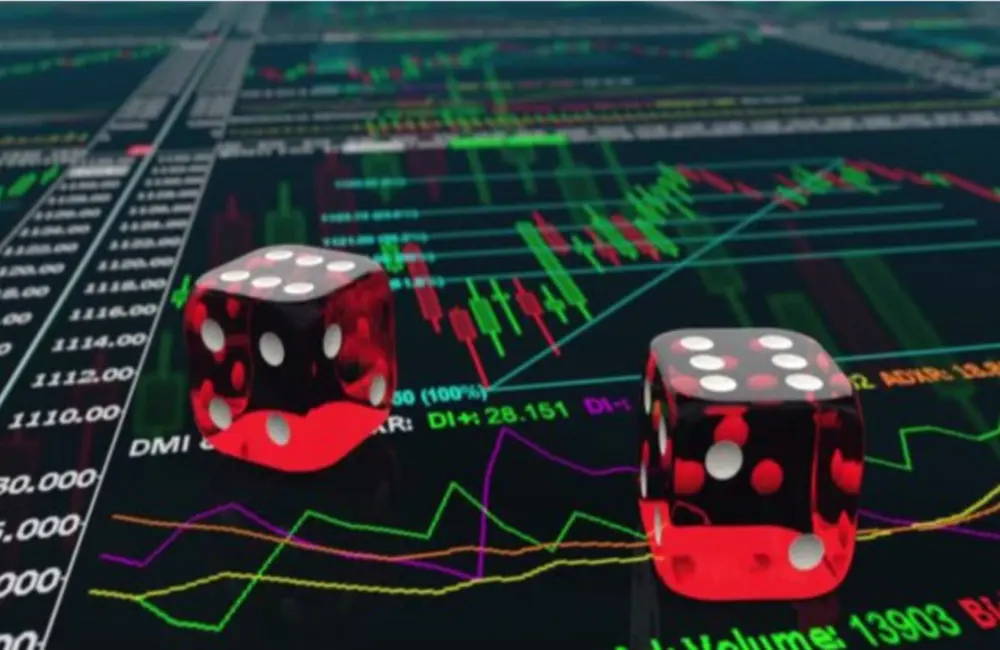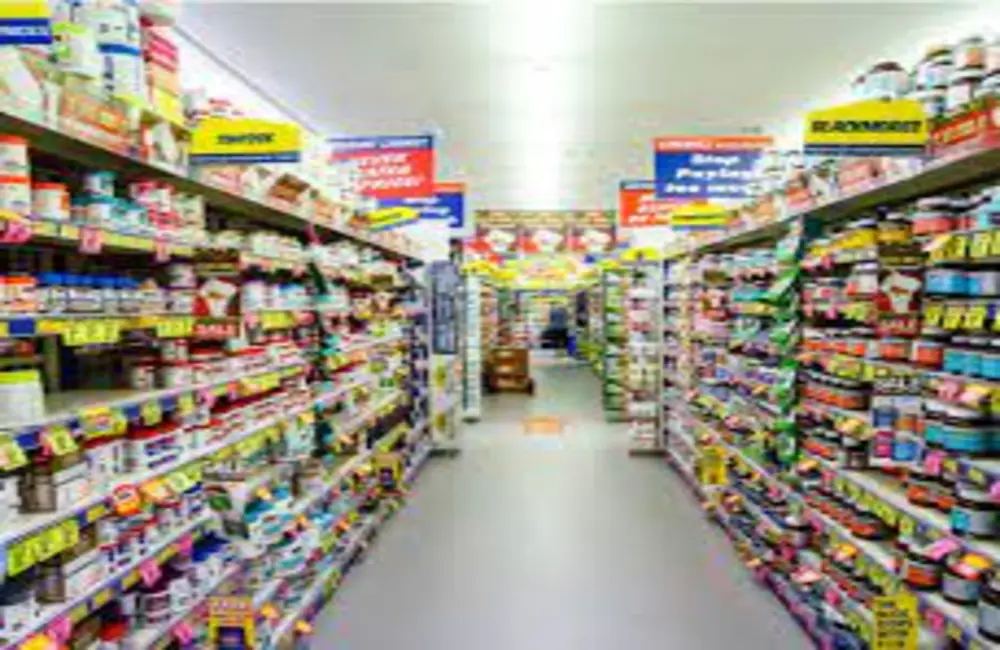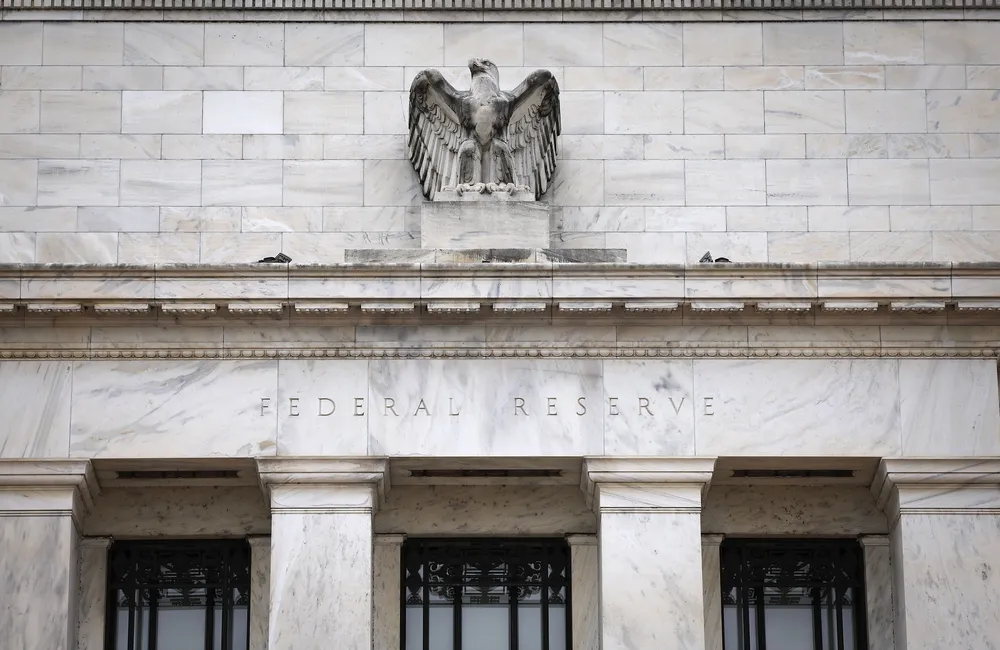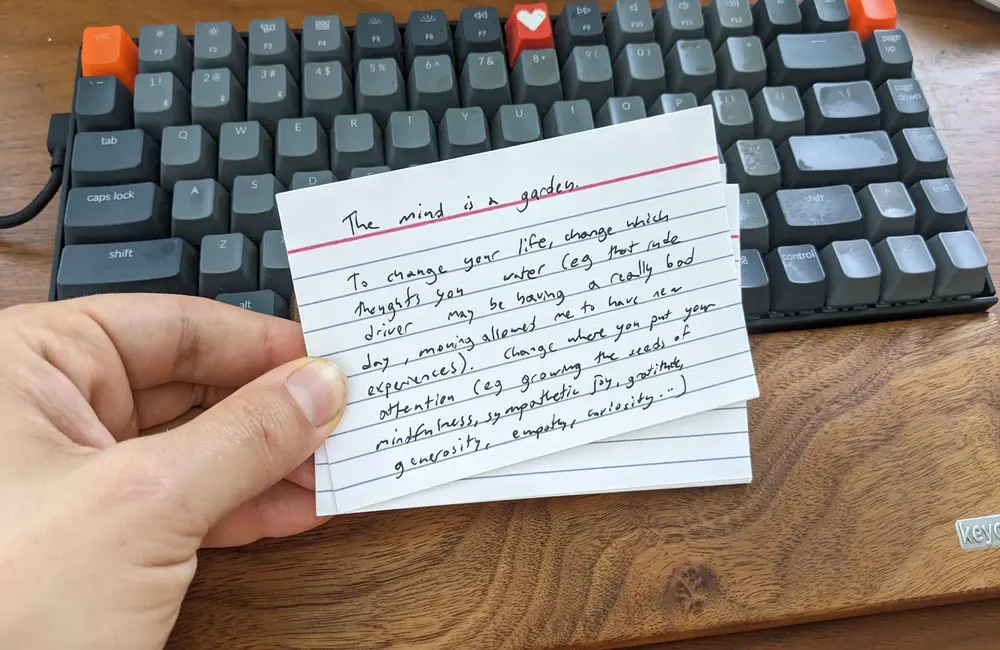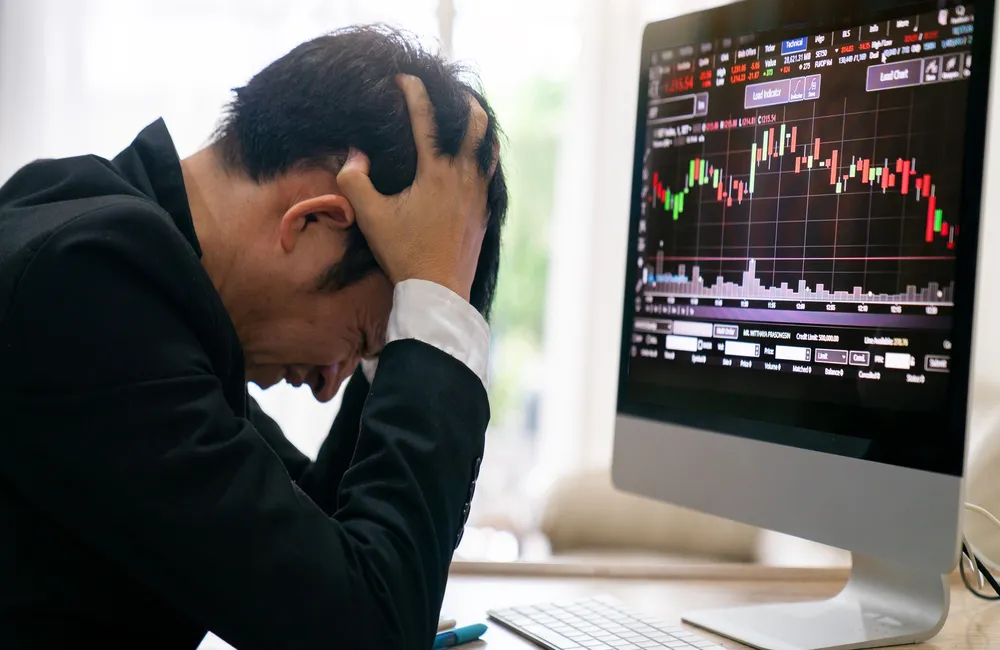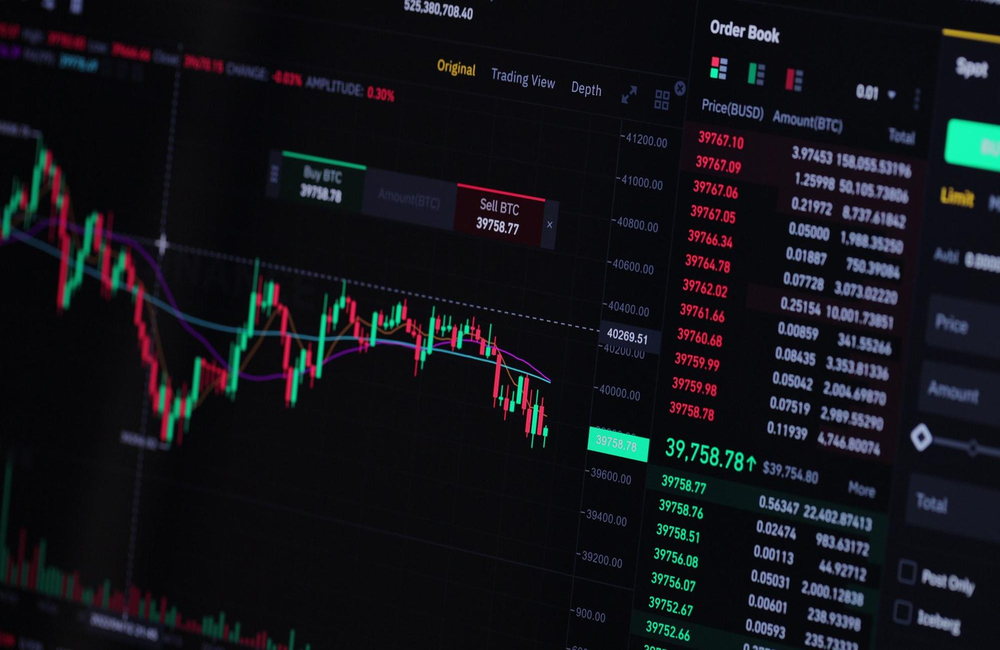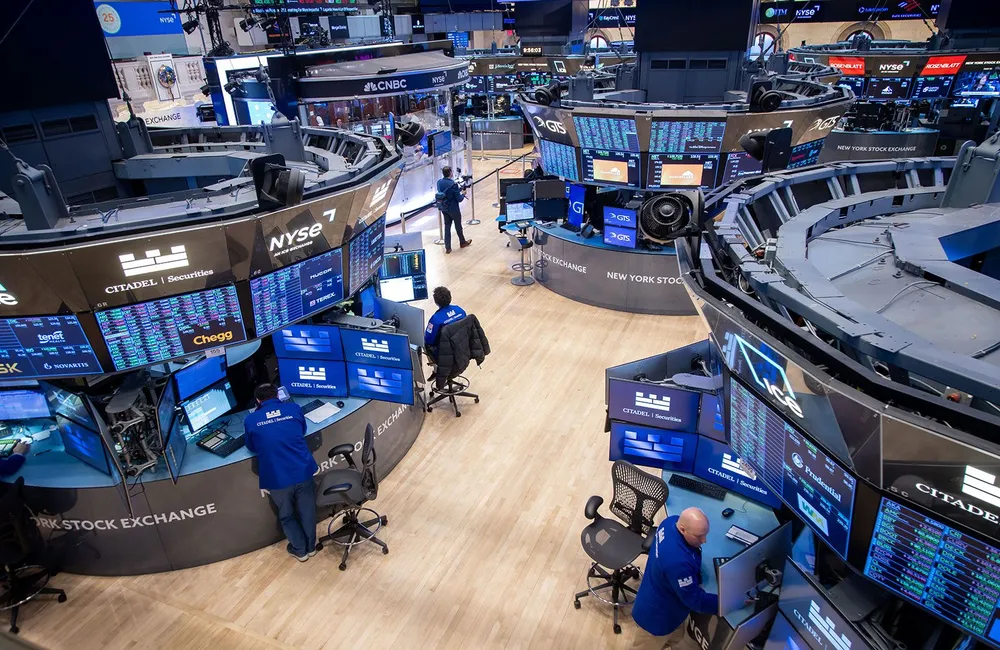ASX futures had fallen 93 points, or 1.3 per cent, to 7025 just near 8.00 am AEST, indicating a dreary start to trade.
On Wednesday, the S&P 500 closed down 1.8%. It came a day after the benchmark ended more than 10% below the 3 Jan record after Russia sent soldiers into Ukraine's Donbas region. The Dow Jones Industrial Average dropped 1.4 percent and the technology-heavy Nasdaq Composite lost 2.6 percent.
The impact of the tensions in Eastern Europe on stocks and bonds is difficult to predict, investors say. The effects will hinge on fast-moving diplomatic and military developments, and the potential for rising energy prices to explode into inflation in Western economies.
The S&P/ASX 200 finished 0.6% higher at 7205.7, recouping some of the previous session's declines amid ongoing concerns about Russia's actions in Ukraine.
The benchmark opened lower after the US market headed south, with the S&P 500 entering correction territory. It jostled around above the gain-line throughout the afternoon before closing at its session high.
Tech stocks mired in the previous day’s beatdown led gains, with Altium, Life360 and Tyro Payments up between 5.55% and 8.6%.
The heavyweight financial sector rose 0.3% despite banks Macquarie, NAB and ANZ all weighing. Commodity stocks were strong, with buyers switching from gold stocks to iron-ore and lithium miners.
In Asia, the Shanghai Composite Index was up 0.9 percent, and the Hang Seng in Hong Kong gained 0.6 percent.
In commodities, gold futures rose 0.2% to $US 1911.50; Brent crude rose 0.2% to $US97.06; Iron ore gained 0.7% to US$141.50.
In bond markets, the Australian 10-year bond yield increased to 2.26%. Yields on US 10-Year Treasury notes went up to 1.98%. Yields fall when prices rise. The Australian dollar was fetching 72.30 US cents at 7.00 am AEST Tuesday, from 72.16 late previously. The WSJ Dollar Index, which measures the US dollar against 16 other currencies, was little changed at 89.66.
Asia
Over in Asian markets, Chinese equities closed the session higher, building on a lackluster performance earlier this week. The benchmark Shanghai Composite Index added 0.9%, and the Shenzhen Composite Index gained 1.8%. The ChiNext Price Index, which tracks emerging markets and start-ups, gained the most, closing up 2.8 percent. The rally was led by chip companies including chip equipment makers, assemblers and semiconductor materials suppliers with growing investor optimism on the sector as an industry-wide supply shortage and China's new policy to boost data center development should further raise chip demand.
Shares in Hong Kong ended the day up, snapping a three-day losing streak, buoyed by rebounding tech stocks across the board. Meituan rose 3.1% after a state-owned newspaper described the selloff of the food-delivery giant on Friday as an overreaction. JD, Baba and Alibaba Group were 0.9% higher, but NetEase fell 2.1%. Galaxy Entertainment upgraded 3.0% after the casino operator’s net profit in 2021 exceeded consensus estimates. Among the laggards, Lenovo Group lost 2.7% after its fiscal 3Q results. Among other notable decliners were Techtronic Industries, which fell 4.6%, and BOC Hong Kong, off 3.1%. The Hang Seng Index rose 0.6%.
Markets in Japan were closed for the Emperor’s Birthday public holiday.
Europe
European stocks were mostly lower, concerned about the possibility of a full-scale Russian invasion of Ukraine. The pan-European Stoxx 600 ended down 0.3%.
Reports that cyberattacks have hit several state websites in Ukraine have sparked fears that a full-on assault by Russian troops could be coming soon, IG analyst Chris Beauchamp says.
“In addition to dealing with the conflict itself (if it does come), investors have to contend with the headline risk of retaliatory sanctions appearing from the Russian side and more sanctions from the West on Moscow.”
In London, the FTSE 100 rose 0.05%, bolstered by positive earnings from Barclays, which showed a greater-than-expected increase in its fourth quarter pretax profit, as concerns grew over the geopolitical situation between Ukraine and Russia.
“So far the sanctions placed on Russia by the West have not been as severe as some feared and the market seems to be taking this as a green light with suggestions Putin could be open to a diplomatic resolution,” AJ Bell said. As well, Andrew Bailey, governor of the Bank of England, added that sanctions against Russia were no threat to the UK’s financial stability.
North America
US stocks declined Wednesday, further deepening their losses as worries about the Ukraine crisis helped push the S&P 500 into correction territory.
The threat of war in Ukraine has oiled uncertainty in world markets. The US stock benchmark finished 1.8 percent lower, having fallen on the day before more than 10 per cent since hitting a record high on January 3 following Russia’s deployment of troops in Ukraine’s Donbas region.
Ukraine did so when it declared a state of emergency on Wednesday and started to mobilize reservists, urging its citizens to leave Russia immediately.
The Dow Jones Industrial Average dropped 1.4 percent and the technology-heavy Nasdaq Composite declined 2.6 percent.
The losses were widespread, with 10 of the S&P 500’s 11 sectors ending the day in the red. Shares of the consumer discretionary segment were down 2.9%, while the tech segment lost 2.1%. The only group to buck the trend was energy, which advanced 1.1%.
It’s hard to predict how the tensions in Eastern Europe will affect stocks and bonds, investors say. The consequences will hinge on fast-moving diplomatic and military developments and the potential spillover of higher energy prices to inflation in Western economies.
Money managers were already wrestling with imminent increases in interest rates by the Federal Reserve. Investors are keenly awaiting further indications of how soon and how much the central bank will hike interest rates in its battle against inflation. It is expected to start raising rates in March.
“Geopolitical events usually increase volatility,” said Michael Antonelli, a market strategist at Baird. "They tend to be noisy. Those aren't real signals. The real signal in equities is what the Fed is doing and what interest rates are doing.”
Traders had been reevaluating just how much stocks are worth at a time when interest rates are expected to climb. Higher rates typically put pressure on stock valuations because they reduce the value investors give to companies’ future cash flows.
Their calculations have proved particularly tough on technology and other so-called growth stocks, which tend to be valued at high prices based on prospects for growth that extend well into the future.
The tech retreat has helped depress the price tag of the US stock market in aggregate. The S&P 500 traded this week at 19 times its expected earnings in the next 12 months, a decline from the 21.5 multiple with which it ended last year.
“Stocks, particularly growth stocks, are priced for a lower interest rate environment than I think we’re going to have over the next few years,” said Stephen Auth, chief investment officer of equities at Federated Hermes. “There’s a bit of a reset happening in stock market valuations.”
On Tuesday, the United States announced an initial round of sanctions against Moscow for what President Biden described as the beginning of an invasion of Ukraine. The European Union, the UK, Canada, Australia and Japan also imposed or proposed restrictions on Russian businesses, individual people and financial markets.
“Until the market gets confirmation of boots on the ground we may not get the kind of reaction that possibly we would have expected,” said Brian O’Reilly, the head of market strategy at Mediolanum Asset Management. “We’re probably in a wait-and-see mode about how this plays out now.”
Data pointing to strong economic growth was helping the stock market to largely brush off the crisis, Mr. O’Reilly added. Its composite Purchasing Managers Index for the United States rose to a two-month high in February, according to the private data firm IHS Markit, indicating that the economy was regaining momentum.
At the stock level, Overstock.com gained 23% following the company’s earnings beat. TJX Cos. stock dropped 4.1% after the retailer fell short of expectations for sales and earnings.
In the bond market, the yield on the benchmark 10-year US Treasury note increased to 1.976% from 1.947% on Tuesday. Higher yields mean lower bond prices.
Stocks of Russian-linked companies listed in the U.S. fell, including those of energy company Gazprom PJSC which dropped 12%, and Yandex NV, a search-engine company with services in Russia, Ukraine and other countries in the region, which also fell 12%.







